Who Were Wyoming’s First Settlers?
Before it was mapped. Before it was named. This land already held the stories.
The lived-in tales of the first settlers in America to walk Wyoming’s soil weren’t those of wagon-bound pioneers, as the storybooks might suggest. Draw closer to the histories of Indigenous nations—the original Wyoming settlers whose roots here run 13,000 years deep. These resilient communities followed the stars, etched their days into sandstone petroglyphs, and built flourishing cultures that moved with the land, shaping its very rhythm.
Centuries later came the mountain men, traders, and homesteaders—bringing new trails, tensions, and frontiers to conquer. Wyoming history? Doesn’t fit inside a single chapter. It gallops past the dust, echoing through forgotten names and glinting from every ridge and ruin that forged the spirit of the West.
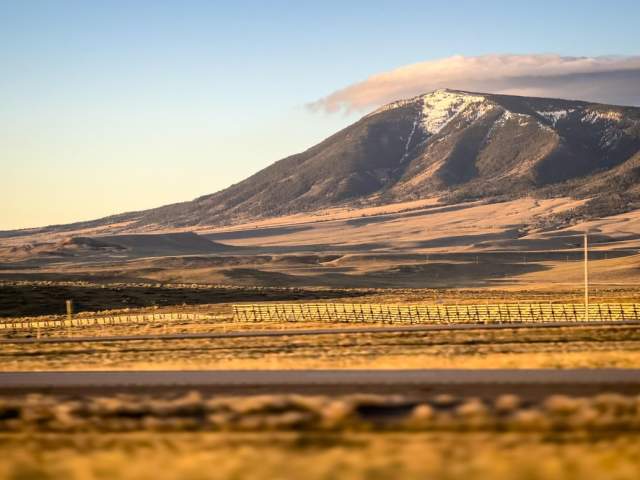
Wyoming’s Indigenous History: 13,000 Years of Culture and Connection
Archaeologists have traced more than 13,000 years of human presence here—real history scattered across Wyoming’s high plains and mountain basins. This landscape opens into powerhouse chapters of early American history. Go back before the wagons rattled West: the Eastern Shoshone, Northern Arapaho, Cheyenne, Crow, and Lakota lived by the seasons, hunted bison, traded along river corridors, and honored each breathtaking valley and rugged peak in sight.
Sites like Medicine Lodge Archaeological Site and Legend Rock Petroglyph Site hold legendary wonders—tipi rings, sandstone tools, and spirals of rock art that still glow in the sun. These wordless journals, left by the first settlers in America, recorded ceremony, migration, and story. Today, these Native nations remain devoted stewards of the land, inviting travelers to learn through tribal cultural centers and preserved Wyoming historical sites that safeguard living traditions. Under their guidance, carved figures and windworn cliffs become rare windows into cultures that continue to kindle the soul of Wyoming.
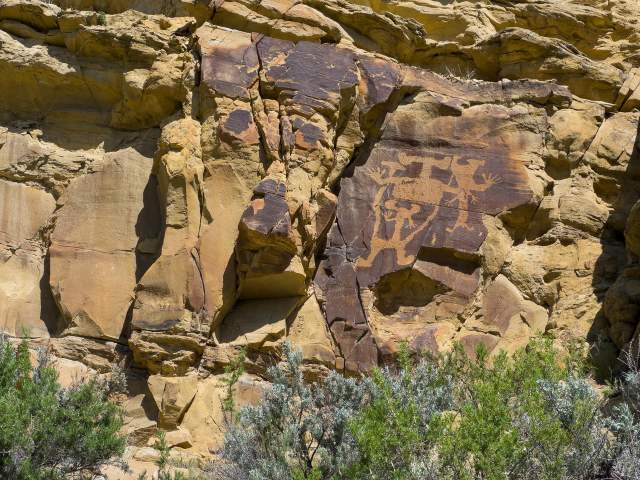
Trailblazers, Trappers, and Trading Posts: The First Non-Indigenous Settlers
By the early 1800s, the beaver‑pelt boom pulled a bustling mix of French‑Canadian trappers, British traders, and American mountain men into what is now Wyoming. Epic frontiersmen like Jim Bridger did more than chase fortune—they hacked wild trails through sage and stone and raised log walls at Fort Bridger, a lively crossroads for trappers and westbound migrants alike. These newcomers bartered with Indigenous nations one season, then clashed the next—marking a pivotal chapter in early American history. Left wondering who settled Wyoming next? Look to the posts, pack trains, and fire-warmed camps that seeded the forts and trade routes—welcoming the next wave of Wyoming settlers into an unfolding frontier story.
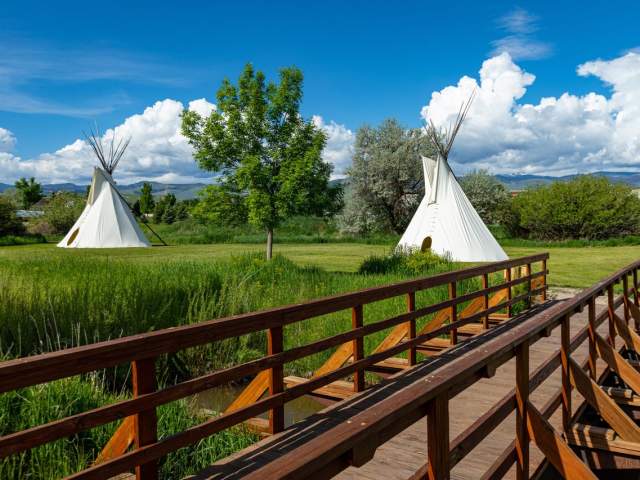
Military Outposts and Frontier Forts: Guardians of the West
Rising tensions escalated along the Oregon and Bozeman Trails. Enter the U.S. Army, building strategic forts to guard vital wagon routes and usher in waves of Wyoming settlers. Fort Laramie and Fort Phil Kearny emerged as legendary sentinels of early American history—stages set for tense treaties, frontier skirmishes, and uneasy alliances. Here, even a single encounter between soldiers or settlers could spark the beginnings of new towns. These military outposts became footholds for growing communities—right alongside the front lines of a shifting frontier. Today, visitors can walk through carefully reconstructed barracks and experience living history at Wyoming historical sites, winding back into a time when westward dreams collided with the bold realities of Native homelands.
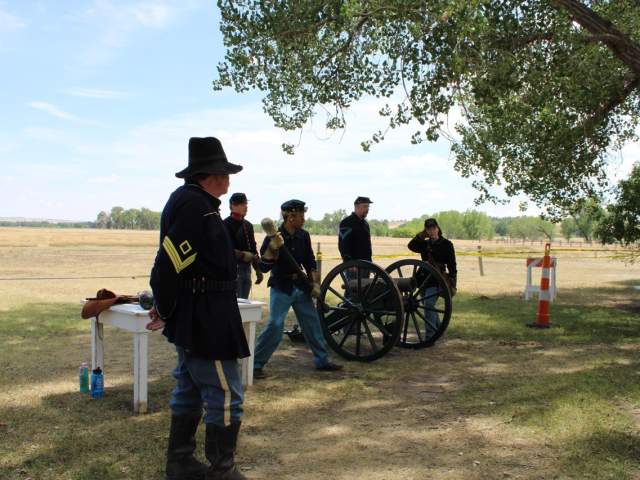
Settling Wyoming: The Homesteaders Who Built the Frontier
The Homestead Act of 1862 unleashed a rush of hardy Wyoming settlers, determined to take their chance at taming the high plains. They staked their futures in wild country, pulling crops from tough soil and raising cattle beneath wide-open skies. Along the iconic Oregon Trail, beside Union Pacific rail stops, and in the shadows of frontier forts, small towns took root—lifelines for trade and community. What wasn’t promised: brutal winters, harrowing isolation, and rugged terrain that tested settlers to their hope-driven core. That didn’t stop the blazing promise of the new West from burning bright. At South Pass City State Historic Site, you can still catch weathered cabins, rumbling stamp mills, and saloon doors that once swung loose for the frontier chase. Live how it felt to be among the first settlers in America, seeking prosperity on the edge of wilderness.
Women and Families on the Frontier: The Unseen Heart of Wyoming's Settlement
They stood alongside the first settlers in America. Close-up on the heart of Wyoming’s frontier: pioneer women, the steady force holding the swirl of change together. The ones who ran the farms. The ones who raised families while defending their homesteads against the relentless challenges of wilderness life—roles that demanded total courage and unwavering grit. The ultimate balancing act. Trailblazers like Esther Hobart Morris, the nation’s first female justice of the peace, embodied this fierce resolve, helping Wyoming earn its historic title as the Equality State—the first U.S. territory to grant women the right to vote in 1869. Celebrate these heroes by exploring local museums and preserved homes—where Wyoming’s women’s history feels personal and alive.
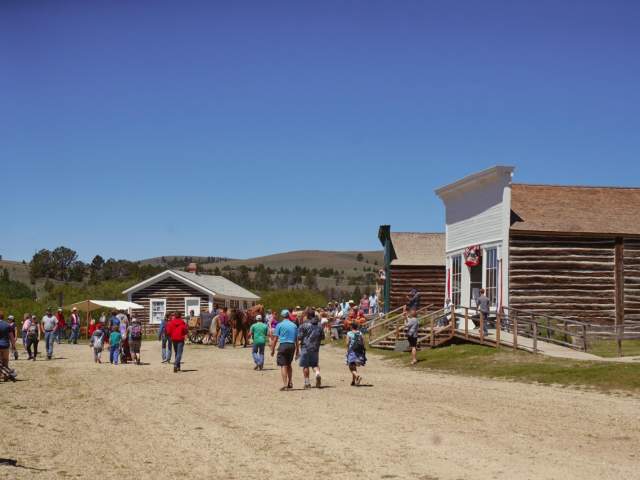
Discover the Cultural Roots of Wyoming: Stories of Immigrant Resilience
Chinese railroad crews laying tracks through gritty mountain passes. Basque sheepherders tending flocks on steep ranges. Scandinavian miners digging for gold. German shopkeepers shaping vibrant storefronts. Each community added its own magic to Wyoming’s drive—a remarkable mix of heritage and sheer will.
Towns like Rock Springs and Laramie shine with this enduring cultural mosaic, where festivals, food, and architecture still echo the marvels of distant homelands. These immigrant Wyoming settlers fueled the engines of mining, railroads, and ranching—threading traditions worth holding onto. Together, they passed a mighty torch that still fuels the frontier’s rich character today.
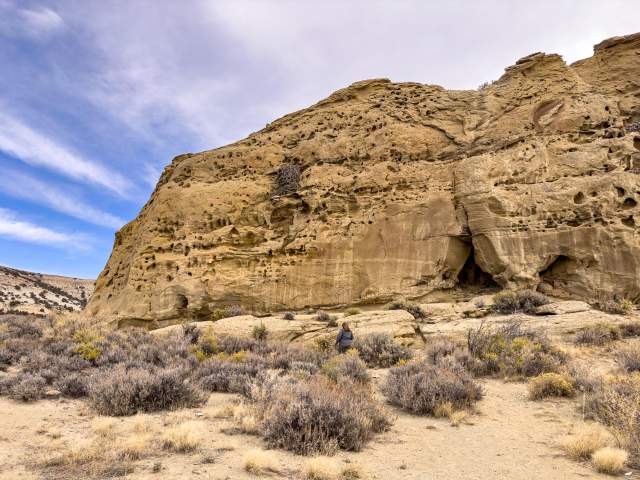
Legacy of the First Settlers: Where History Breathes and Every Step Tells a Story
Walk through Wyoming’s living timeline—where museums beckon with old-world artifacts that helped cast the lives we lead today. Head into ghost towns frozen in clapboard and dust. Travel petroglyph trails, where stone hides no secrets. Here, you can pace along bootprints of Wyoming settlers and revered mountain men—back to when wagon ruts marked the Oregon Trail or pioneers braved the boardwalks of South Pass City, facing down whatever the wilds hurled their way. Every stop opens a door into vivid Wyoming history— into the layered saga of the first settlers in America, who wielded a frontier from raw wilderness. Living‑history reenactments, reconstructed forts, and deep-cut mining shafts reveal the battles fought—and the spirit it took to brave the original American dream.
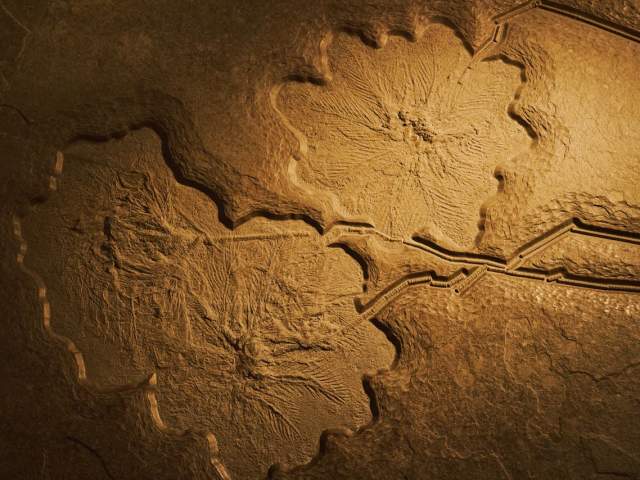
Hit the road to wander ancient petroglyph canyons, explore frontier forts, and stand in the real places where pioneers once staked their wildest hopes. Wyoming settlers left their stories etched in stone, framed in timber—all waiting for you to experience, feel its pull, and carry it forward on your own colorful westward adventure.
